All of the coloring pages displayed on this page are free for personal use (view full use policy). Any brands, characters, or trademarks featured in our coloring pages are owned by their respective holders and depicted here as fan art.
Please enjoy these flower coloring pages!
Beautiful Rose Flower Coloring Pages

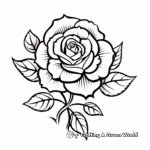
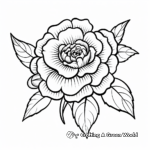

Kid-Friendly Sunflower Coloring Pages

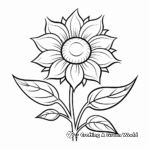
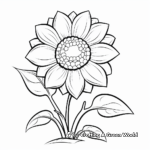
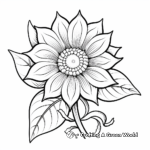
Detailed Orchid Coloring Pages for Adults
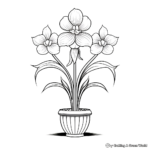
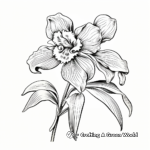
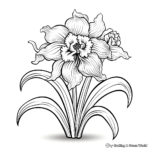
Easy Daisy Coloring Sheets for Preschoolers


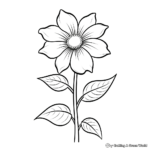
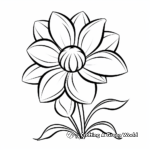
Gorgeous Hibiscus Flower Coloring Pages
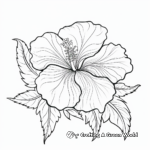

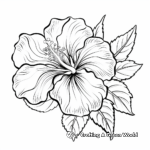
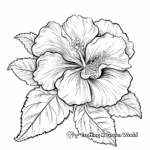
Lotus Flower Coloring Pages
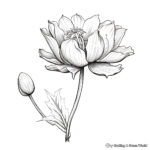

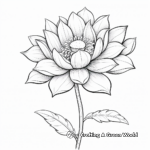

Intricate Cherry Blossom Flower Coloring Pages

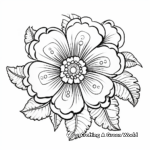

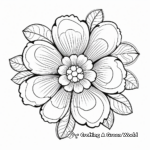
Stunning Flower Coloring Pages
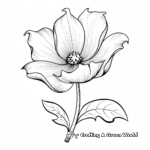
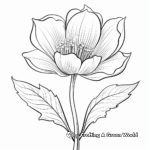
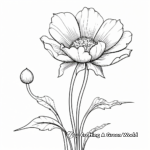

Exotic Water Lily Flower Coloring Pages for Creatives
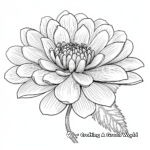

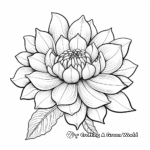

Pretty Flower Coloring Pages
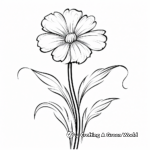
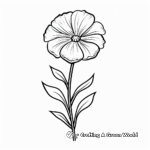
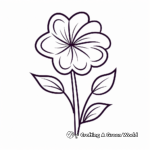

Bold Poppy Flower Coloring Sheets
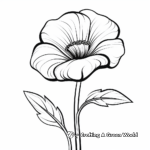

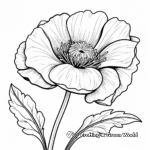
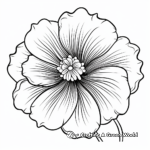
Peony Flower Coloring Pages for Adults
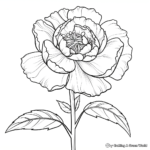

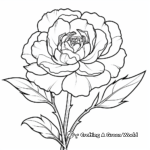
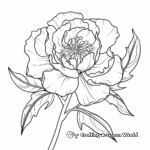
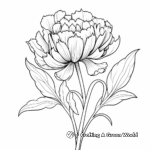


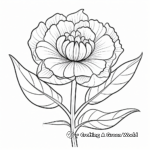
Iris Flower Coloring Pages
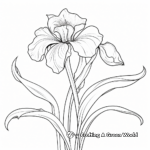

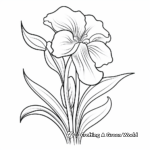
Cute Daisy Flower Coloring Pages for Kids
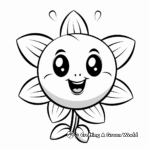
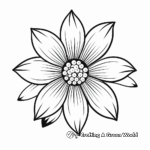

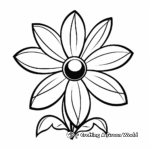
Jasmine Flower Coloring Pages
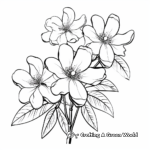
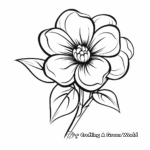
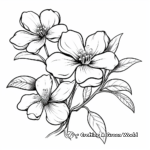
Beautiful Geranium Flower Coloring Pages
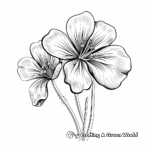
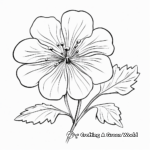

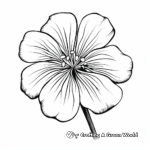
Freesia Flower Coloring pages
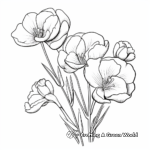


Chrysanthemum Flower Coloring Pages

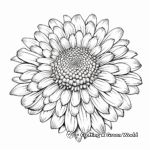

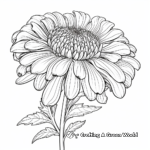
Tips For Coloring Flowers
What colors should I use for a flower coloring page?
The colors you should use for a flower coloring page largely depend on the specific type of flower you’re coloring. However, a general strategy is to have a range of greens for the leaves and stem, and colors like red, purple, blue, yellow, white or pink for the petals. These colors can be mixed and matched for varied effects. Also consider using browns for dirt or roots when they are visible.
How can I add more detail and realism to my flower coloring?
To add more detail to your flower coloring, start with a base color for the petals and leaves. Then, add shading and highlights. Darker shades of the base color can be used on the side of the petal furthest from the light source to give the flower depth. Lighter shades or white can be used to highlight the tips of the petals and leaves where the light would naturally hit.
Are there any remarkable features of flowers I should pay attention to while coloring?
Yes, flowers have many unique features that you can highlight in your coloring. For example, the patterns on the petals, the structure of the stamen and pistil, and the shape and arrangement of leaves. Paying close attention to these aspects can help you create a more accurate and intriguing image.
Can you provide some interesting facts about flowers that I could incorporate into my art?
Sure, there are many interesting facts about flowers! For instance, sunflowers face the sun and change their direction throughout the day, a phenomenon known as heliotropism. Roses are one of the most popular flowers worldwide and come in various colors, each with its own symbolic meaning. The largest flower in the world is the Rafflesia Arnoldii, and the smallest is the Wolfsbane. Incorporating these facts into your art through little notes could make it engaging and educative to others.
Related Coloring Pages
About Our Coloring Pages
All of the coloring pages displayed on this page are free for personal use. You have our express permission to download, print, color, and enjoy these pages at your own leisure and convenience. Each piece of artwork on this page has been chosen to inspire creativity and make the world of coloring engaging and enjoyable for all age groups. This permission extends to small non-commercial group settings like classrooms or therapy settings - you have our permission to print these for free distribution to small groups.
This permission is granted strictly for non-commercial uses. These images can not be resold, republished, or used for commercial purposes in any form or method. You may not sell the final colored versions, or use them as design elements in a product that is sold. Please contact us for commercial licensing options.
Our priority is to support and inspire creativity among those who love to color. Please join us in honoring this purpose by adhering to these guidelines. Happy Coloring!
